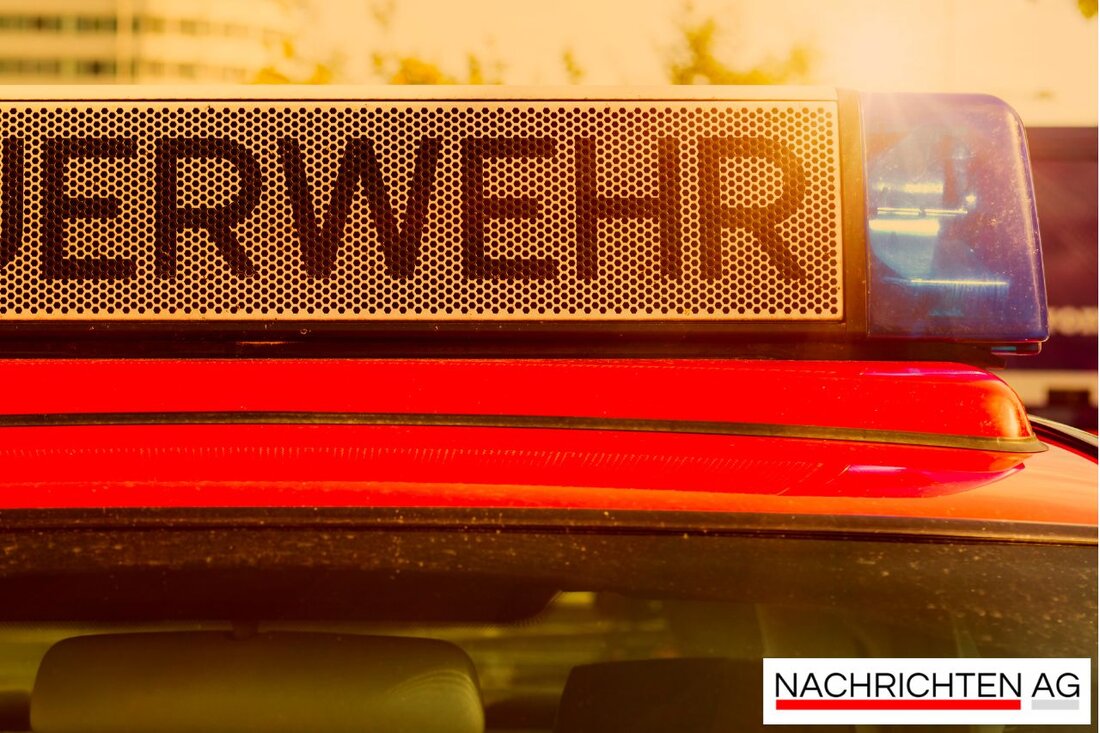Cologne in the state of emergency: Greatest bombing since 1945!
Cologne in the state of emergency: Greatest bombing since 1945!
On June 4, 2025, the greatest bombing has started in Cologne since World War II. This became visible in the Rheinau-Hhafen in Cologne, which works due to bomb finds. Employees of the regulatory office check access and indicate passers -by to leave the area. Three World War II bombs were discovered in the course of Monday, including two American 20-horseman bombs and a ten-hundred and tenth bomb. These discoveries made the most comprehensive evacuation in Cologne city center since the post -war years.
The evacuation concerned around 20,500 residents and was successfully completed. Katja Reuter from the Cologne press office reported a smooth process, although the number of patient transports required exceeded expectations. The radius of evacuation extends over a kilometer, which almost records the entire city center. Facilities such as the Eduardus Hospital, two nursing homes, 58 hotels as well as several schools and daycare centers are particularly affected
evacuation measures and effects
The evacuation measures initiated included several bell bends. The first took place at 8 a.m., the second at 1:30 p.m. People were obliged to leave the evacuation area. A possible eviction by the police was in the room to ensure the safety of the measures. Access to the contact points, which were set up, for example, in exhibition hall 10.1 and in the Humboldtstraße vocational college, was only permitted for registered people. Photography and filming in these areas was prohibited to maintain order.
The effects of defusing are also noticeable in rail traffic: the stop in Cologne-Deutz/deep is canceled, and there are diversions and delays on the trains. The Hohenzollernbrücke and shipping on the Rhine were also blocked during the actions. Furthermore, the airspace over the area of application was closed at short notice to ensure security during the defusing.
historical context
Cologne is one of the most bombarded cities of the Second World War, with about 60% of the city being destroyed. Between 1940 and 1945, 262 air strikes took place, and an estimated 10-15% of the bombs thrown were unexploded. In North Rhine-Westphalia, 1,500 to 2,000 bombs are found annually, of which around 200 large caliber, which underlines the need for such evacuations and defuses.
The experts for disposal of ordnance work work under high pressure. Meanwhile, there are also emotional ups and downs in the city. For example, 15 couples moved their weddings to other parts of the city. Events had to be canceled, including a concert by the WDR symphony orchestra and the appearance of comedian Tedros "Teddy" Tecebrhan in the Lanxess-Arena.
The Cologne Cathedral, one of the most famous landmarks of the city, is fortunately outside the Schengen area. However, the main station remains dependent on the blocked Hohenzollern Bridge and is therefore also affected by the restrictions. The entire event impressively shows how deep the traces of war reach into our present.
For current information, a citizen phone is available from which affected persons can receive advice and help. The city administration endeavors to ensure the security of all citizens during this extraordinary situation and work closely with the Cologne fire brigade and other authorities.
For further details on the evacuation measures and the current developments, interested readers can report on Dewezet , Tagesschau and WDR pursue.
| Details | |
|---|---|
| Ort | Köln, Deutschland |
| Quellen | |


Kommentare (0)